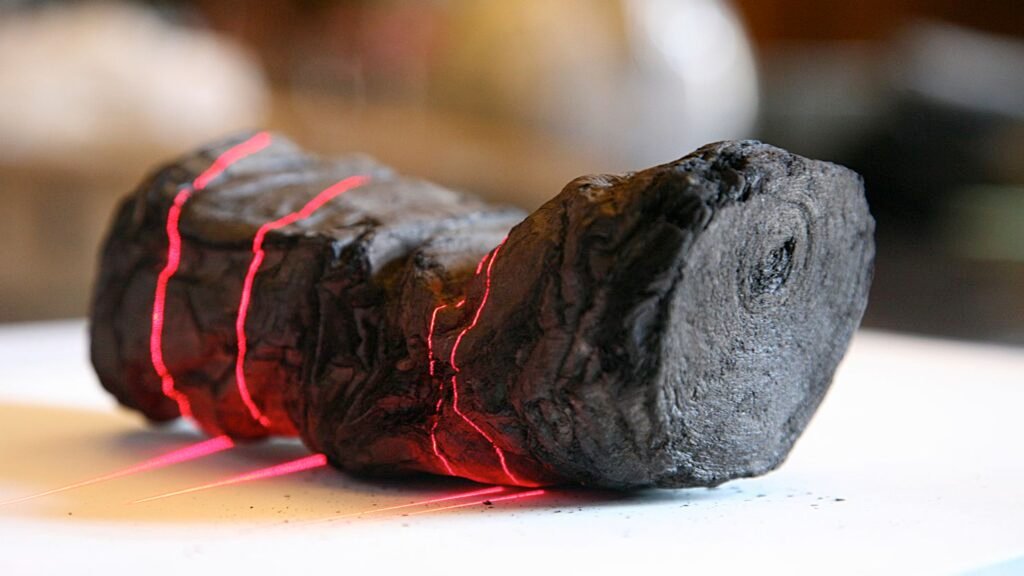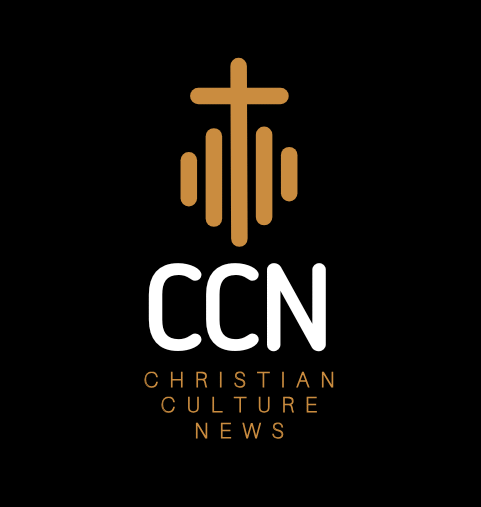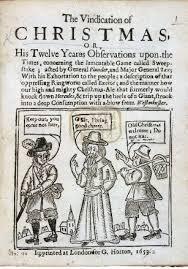Unveiling the Past: A New Approach to Dating Ancient Scrolls Using AI and Cutting-Edge Techniques

Dating Ancient Scrolls Using AI
Introduction to Ancient Scrolls
Ancient scrolls represent some of the most valuable materials for understanding the early history of human thought, culture, and religion. Many of these scrolls, particularly those thought to be fragments of the Old Testament, have played a pivotal role in both religious traditions and the advancement of biblical scholarship. Their existence sheds light on the diverse beliefs and practices of ancient civilizations, offering insight into the development of monotheistic faiths. The handmade nature of these scrolls, often produced from materials such as papyrus or parchment, speaks to the artistry and dedication of the scribes who painstakingly inscribed them.
The discovery of ancient scrolls has occurred across various regions, most famously in the Qumran Caves near the Dead Sea, where the Dead Sea Scrolls were unearthed in the mid-20th century. These scrolls include texts that are crucial for understanding early Jewish thought and the historical context of early Christianity. Discoveries like these emphasize the urgency of preserving such artifacts, as they are susceptible to degradation from environmental factors, improper handling, and age. Preservation efforts have become essential not only in maintaining the physical integrity of these scrolls but also in ensuring that the knowledge contained within them remains accessible for future scholars and enthusiasts.
Traditionally, dating ancient scrolls relied on methods such as paleography and carbon dating, which, while effective to some degree, often presented challenges related to accuracy and context. Paleography, the study of ancient handwriting, can provide estimated dates based on script styles, while carbon dating analyzes organic materials for age determination. However, these methods have limitations, as the scrolls’ historical context and content may not be fully captured through these techniques alone. Consequently, innovative advancements, particularly those involving artificial intelligence, have emerged as promising avenues for achieving more precise dating of ancient scrolls, thereby illuminating the rich tapestry of human history that they represent.
The Significance of Radiocarbon Dating
Radiocarbon dating, a pivotal technique in modern archaeology, plays a crucial role in establishing the chronological framework of ancient artifacts and manuscripts. The process is based on the decay of carbon-14, a radioactive isotope of carbon naturally found in all organic materials. When an organism is alive, it continuously absorbs carbon-14 from the atmosphere. Upon death, the absorption ceases, and the carbon-14 begins to decay at a known rate, termed its half-life. By measuring the remaining carbon-14 levels in a sample, scientists can accurately estimate the time that has elapsed since the organism’s death, providing a reliable means to date organic materials.
The relevance of radiocarbon dating in archaeology cannot be overstated, particularly in the context of ancient manuscripts and scrolls. Many of these documents are constructed from organic materials such as papyrus, parchment, and leather, thus lending themselves to carbon dating applications. As scholars strive to map historical timelines, radiocarbon dating serves as a fundamental tool, allowing researchers to link historical events with tangible artifacts. This method has been instrumental in verifying the authenticity of ancient texts, shedding light on the cultural and societal dynamics of the past.
Additionally, the integration of radiocarbon dating with other methodologies, such as dendrochronology and stratigraphy, enhances the precision of chronological studies. By cross-referencing multiple dating techniques, researchers can bolster their findings, reinforcing the contextual framework surrounding ancient manuscripts. Hence, radiocarbon dating not only aids in dating artifacts but also in understanding the larger historical narratives. As archaeological discoveries continue to unfold, the significance of this technique remains evident, firmly establishing its place in the toolkit of researchers dedicated to unraveling the complexities of human history.
Understanding Handwriting Analysis
Handwriting analysis, particularly in the context of ancient texts, is an essential tool for historians and archaeologists striving to validate the authenticity and date of manuscripts. This discipline, also known as graphology, involves examining various aspects of written content, including the style, form, and specifics of the script used in a document. Understanding these elements allows experts to draw connections between artwork, historical periods, and geographical regions.
One significant characteristic that experts scrutinize is the formation of letters, which varies across different eras and locations. For instance, the use of particular scripts, such as cursive or block letters, can often indicate the timeframe during which a text was produced. Additionally, the materials used for writing, such as papyrus or parchment, along with the types of ink, further provide clues that are invaluable for dating manuscripts. Moreover, cultural influences often dictate the handwriting style, adding another layer of complexity to the analysis.
Another aspect of handwriting analysis involves examining idiosyncratic features of the text; these include unique strokes, pressure variations, and flourishes that may indicate the individual personality of the scribe or the prevailing cultural trends of the time. By cataloging these characteristics, historians are capable of constructing a more detailed picture of the social and historical context surrounding the creation of a document.
The advent of advanced technologies, particularly artificial intelligence, has begun to revolutionize handwriting analysis. AI algorithms can now process vast amounts of data more quickly and accurately than traditional methods, identifying patterns that human analysts may overlook. This innovative approach not only helps in authenticating ancient texts but also plays an integral role in deciphering the complexities of historical writing styles, linking documents to specific times and locales with unprecedented precision.
The Role of Artificial Intelligence in Text Analysis
Artificial Intelligence (AI) has revolutionized various fields, and its application in text analysis of ancient scrolls has emerged as a groundbreaking advancement. By employing sophisticated algorithms, AI can swiftly process vast amounts of data that would be impractical for human researchers to analyze in a reasonable timeframe. This capability is particularly crucial when evaluating ancient manuscripts, which may contain numerous variations in text and style that need careful examination.
One of the primary functions of AI in this context is its ability to identify intricate patterns in handwriting. By utilizing machine learning techniques, AI systems can be trained on a dataset composed of diverse script samples. Over time, these systems become adept at recognizing distinct nuances in writing styles, such as the formation of letters or the unique characteristics of a particular scribe. This functionality not only aids in dating the scrolls but also plays a vital role in verifying their authenticity.
Moreover, advancements in Natural Language Processing (NLP), a branch of AI, have further enhanced the ability to analyze textual content. NLP techniques enable the extraction of meaningful information from texts, allowing researchers to assess historical context, language evolution, and even potential connections between different scrolls. For example, an AI-driven analysis may reveal stylistic similarities that suggest a shared origin or influence, providing invaluable insights into the timeframe of production.
Recent developments in machine learning continue to push the boundaries of what is possible in text analysis. Techniques such as deep learning are enabling AI to understand and interpret complex structures within ancient texts better than ever before. These innovations not only streamline the research process but also increase the accuracy of results. Thus, the integration of artificial intelligence within the sphere of text analysis presents a promising frontier for scholars seeking to deepen their understanding of ancient scrolls.
The Collaborative Study: Methodologies and Techniques
The recent interdisciplinary study on dating ancient scrolls marks a significant advancement in the fields of archaeology and historical analysis. This collaborative effort involved experts from various domains, including artificial intelligence, radiocarbon dating, and handwriting analysis, which collectively fostered a more nuanced understanding of these artifacts. The methodology adopted for this study was multifaceted, beginning with the rigorous selection of scroll samples. Researchers carefully chose artifacts based on their historical importance and physical condition, ensuring that the samples represented a broad spectrum of ancient texts.
One of the cornerstone techniques employed in this study was the integration of artificial intelligence algorithms. These advanced AI models analyzed the physical and textual features of the scrolls, improving the accuracy of dating by allowing researchers to detect patterns that would be indistinguishable to the human eye. The AI’s deep learning capabilities enabled it to examine thousands of samples, thus providing a robust statistical foundation for the dating process. This modern approach has revolutionized how researchers can correlate various features of the scrolls with established historical timelines.
In addition to AI, radiocarbon dating played a crucial role in the methodology, as it provided a reliable means of determining the age of the materials from which the scrolls were made. This technique, combined with insights from handwriting analysis, allowed researchers to cross-verify the dates obtained through different methods. Handwriting experts meticulously studied the scripts, comparing them to known examples from different periods, to fine-tune the chronological placement of the scrolls. This combination of technological and traditional methodologies exemplifies a groundbreaking approach that enhances the dating accuracy of ancient texts.
The success of this comprehensive study underscores the importance of collaboration among disciplines, offering new perspectives on how to uncover the rich histories embedded in ancient scrolls. This innovative research not only sheds light on the timing and origins of the texts but also lays the groundwork for future studies using similar interdisciplinary methodologies.
Findings and Implications of the Study
The recent study on dating ancient scrolls utilizes advanced artificial intelligence techniques, significantly transforming our understanding of timelines related to biblical texts, particularly those of the Old Testament. Through meticulous analysis of features such as ink composition and parchment types, researchers have successfully established more accurate dates for various scrolls than were previously available. The findings indicate that several scrolls are substantially older than the ages traditionally assigned, which has critical implications for biblical scholarship and the study of ancient history.
These refined dating methods not only enhance the reliability of the chronological framework surrounding the Old Testament’s compilation but also challenge the long-held assumptions about the context and authorship of these texts. For instance, the revised dates suggest a more complex interaction between various cultural influences and religious narratives than previously acknowledged. This complex web of interactions may lead scholars to re-evaluate the development of biblical thought and practices, suggesting that certain texts could have emerged in response to historical events rather than solely being reflective of divine inspiration.
The implications extend beyond scholarly debates; they resonate with archaeological findings and historical interpretations, prompting a reassessment of how civilizations documented their experiences and beliefs. The accuracy of these new dating methods opens doors for further interdisciplinary collaboration, combining archaeology, history, and theology. Such collaborations may yield a more holistic view of the cultural landscapes that shaped scriptural texts. Overall, the integration of artificial intelligence in this vital area of research heralds a new era for understanding the ancient world, reaffirming the importance of technological advancements in historical inquiry.
Challenges and Limitations of the Study
The study of ancient scrolls through artificial intelligence and innovative techniques presents numerous challenges and limitations that researchers must navigate. One primary concern is the accuracy of the technologies utilized in dating these manuscripts. While advancements in AI and machine learning have significantly improved the process, the methodologies still face limitations in their ability to deliver precise dates. The algorithms are dependent on the quality and quantity of data used during their training phases, which can introduce biases if the datasets are incomplete or skewed. Moreover, the heuristics employed may not always account for various factors influencing the aging of materials, leading to potential discrepancies.
Additionally, potential biases in data interpretation pose challenges that can impact the credibility of results. AI systems often function as “black boxes,” making it difficult for researchers to fully understand how conclusions were reached. This lack of transparency enhances the risk that interpretive biases may seep into the results, leading to incorrect conclusions regarding the dating of ancient texts. Scholars must remain vigilant to ensure that interpretations are based on objective analysis rather than subjective assumptions.
Furthermore, dating ancient manuscripts using both AI and established methodologies cannot fully eliminate uncertainties. Materials from different historical periods can exhibit various degradation patterns, complicating the dating process. Environmental factors, such as temperature and humidity, can further affect the scrolls’ preservation, making it challenging to establish exact timelines. These uncertainties highlight the necessity for continued research and refinement of methodologies involved in the dating of ancient texts. Despite the promising advancements in this field, a cautious approach is essential to fully understand and accurately date our historical artifacts.
Future Directions in Scroll Research
As the field of ancient manuscript research continues to evolve, it is essential to explore future directions that can enhance the understanding of historical scrolls. One promising avenue is the integration of interdisciplinary studies, where experts from various fields such as archaeology, computer science, and history collaborate to unlock the secrets these ancient texts hold. By combining insights from different disciplines, researchers can develop more robust methodologies and innovative approaches to dating techniques.
Moreover, advances in artificial intelligence (AI) present a unique opportunity to revolutionize scroll dating. Continued research into machine learning algorithms could lead to more precise dating of ancient manuscripts. In particular, AI can analyze patterns in text and material composition at a level of detail that was previously unattainable. As techniques evolve, the capability to differentiate between minor variations in texts or identify specific historical markers may also improve, allowing for more accurate dating of scrolls.
In parallel, the exploration of alternative dating methods remains critical. While traditional carbon dating has served as a cornerstone in determining the age of materials, it has its limitations, especially with organic artifacts. Researchers should focus on refining these conventional methods while also looking into innovative techniques such as non-destructive imaging and spectroscopic analysis. The development of these alternative approaches can prevent potential damage to fragile manuscripts and ensure their preservation for future study.
The journey of discovery in ancient history is ongoing, with each new advancement shedding light on the past. By fostering interdisciplinary collaborations, enhancing AI technologies, and exploring alternative dating methods, scholars can pave the way for groundbreaking discoveries in the study of ancient scrolls and manuscripts. This holistic approach promises to enrich our understanding of the rich tapestry of human history.
Conclusion: The Convergence of Tradition and Technology
The integration of traditional historical methods and modern technology represents a significant milestone in the field of archaeology. This blog has explored how artificial intelligence and advanced scientific techniques are revolutionizing the dating of ancient scrolls, enhancing not only the accuracy of such processes but also the depth of our understanding regarding historical contexts. By utilizing machine learning algorithms, researchers are now able to analyze vast datasets more efficiently than ever before, uncovering patterns and insights that would have remained hidden using conventional methods.
Moreover, the use of technologies such as imaging techniques combined with AI facilitates the deciphering of texts that are otherwise illegible, providing scholars with unprecedented access to ancient writings. This synergy between tradition and technology demonstrates that innovative approaches do not replace historical scholarship; rather, they complement and enrich it. The growth of interdisciplinary collaboration between computer scientists, historians, and archaeologists creates a dynamic environment wherein both historical narratives and technological advancements intersect, fostering a community driven by curiosity and discovery.
The implications of merging these methodologies extend beyond academic pursuits. Understanding our past allows societies to reflect on their identity and informs future societal development. The advancement in techniques for dating ancient scrolls also stimulates public interest in archaeology and history, leading to increased funding and support for research initiatives. Thus, while embracing technology, it is crucial to preserve the essence of traditional methodologies, ensuring that the magnificent tapestry of humanity’s history is unveiled with respect and accuracy. In conclusion, this convergence of tradition and technology holds great promise for the future of archaeology, inviting ongoing exploration into the lives and cultures of those who shaped our world.










Leave a Reply
You must be logged in to post a comment.